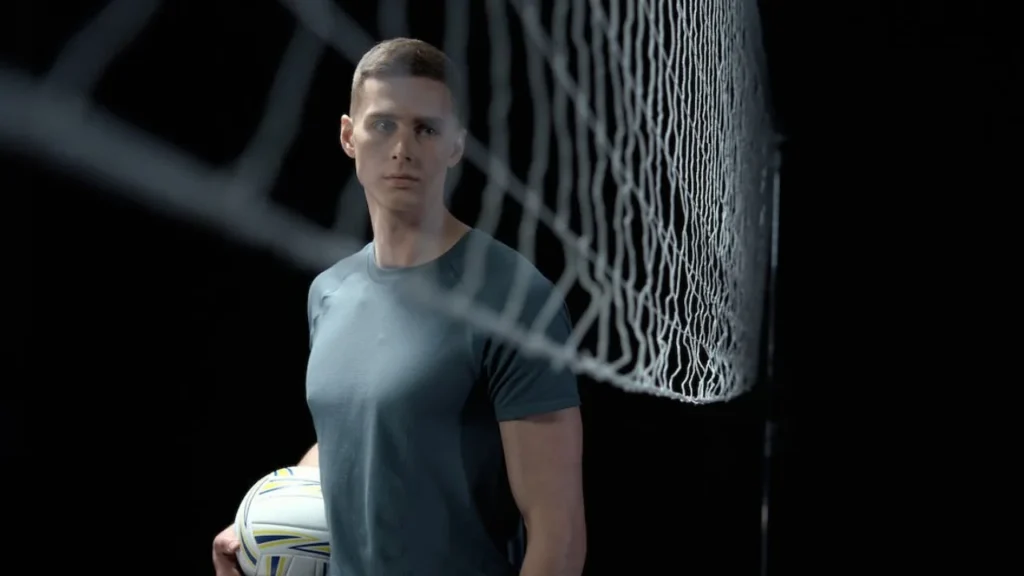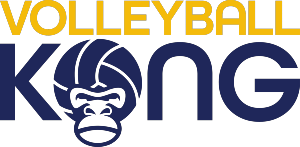Last Updated: February 28, 2024
Setting, serving or blocking are among the main skills people focus on, not to mention hitting. But at the end of the day, none of these would be successful if you can’t read. And this isn’t about letters, but about reading the other team.
Volleyball is an observation game. The ball flies so fast that without being able to anticipate your opponent’s next move, you’d have to be really lucky to dig or block.
Expanding your vision a little won’t take the focus away from opponents or the ball. Instead, you’ll gain a competitive edge over the other team due to your capability to anticipate the next move.

Here’s how to read the opponent based on their positions.
How to Read an Attacker
Reading an attacker is critical for a blocker or other defensive positions. There are two aspects you need to pay attention to: the eyes and the shoulders.
When about to hit or just before that, pay attention to where the hitter is looking. You do need to maintain the blocking position to avoid compromising defense, but this aspect can give you some hints regarding your next move.
As for the shoulders, look at the position of the ball when close to the shoulder. To be more effective, you may want to be in line with the opponent’s shoulders and the ball.
If you can find previous games, do some research, see what kind of tendencies and styles they have, what they do on a tight set, where hands go and so on. Try to identify patterns.
How to Read a Setter
Setters are trained to disguise their intentions, so reading them could be more difficult. When the ball is off the net, you know it’s nearly impossible for the setter to come up with a quick set towards the middle. Tight to the net? The ball might be dumped over.
When the ball goes in front, setting could occur behind the player.
The blocker should be ready to move fast in literally any direction. Bend the knees, distribute your weight evenly on each leg and keep hands above your head, so you can defend in any direction.
When you can’t read the setter, it pays off doing half jumps, rather than full jumps. There’s a better chance to deflect the ball.
Just like for attackers, you can get some insights into a setter’s style by watching previous games and identifying patterns.
How to Read a Defender
Reading the defense is more difficult, but doable. As an attacker, you’ll need to pay attention to every attack and figure out who the weakest digger is. That’s where the ball should go. You should figure out their strengths, as well as their weaknesses, so you can hit in the weakest direction.
It may take a few failed attacks to identify some weaknesses, but it’s doable, especially if you’ve watched your opponents’ previous games.
Reasons to Observe in Volleyball
Observation is critical in volleyball, and that’s what most coaches try to do during a game, too, not to mention observing patterns in previous games. Compared to other sports, volleyball is a fast paced game, so noticing these small things is key for a competitive edge.
- Predicting the play and becoming more successful in defense.
- Enhancing reaction time due to being able to anticipate a potential move or attack.
- Making strategic adjustments based on the techniques observed during the game.
- Reducing errors that may not occur otherwise, but only against a particular technique.
- Gaining a psychological edge over the competition and reducing their morale.
Apart from observing certain positions based on your responsibilities, here are a few other tips you can take into consideration:
- Focus on the key players in the opponent team.
- Understand patterns, so you need a good memory.
- Work on your peripheral vision to observe more.
- Watch and learn what others do, it may work for you too.
Recommended: 5 Defensive Strategies Every Volleyball Player Should Master
Final Thoughts
No matter how physical it seems to be, volleyball is also a mental game. Reading cues and anticipating moves will put you on top of your opponents. It’s a subtle technique, and while everyone tries it, only a few can actually do it by the book, hence the necessity of constant training.
